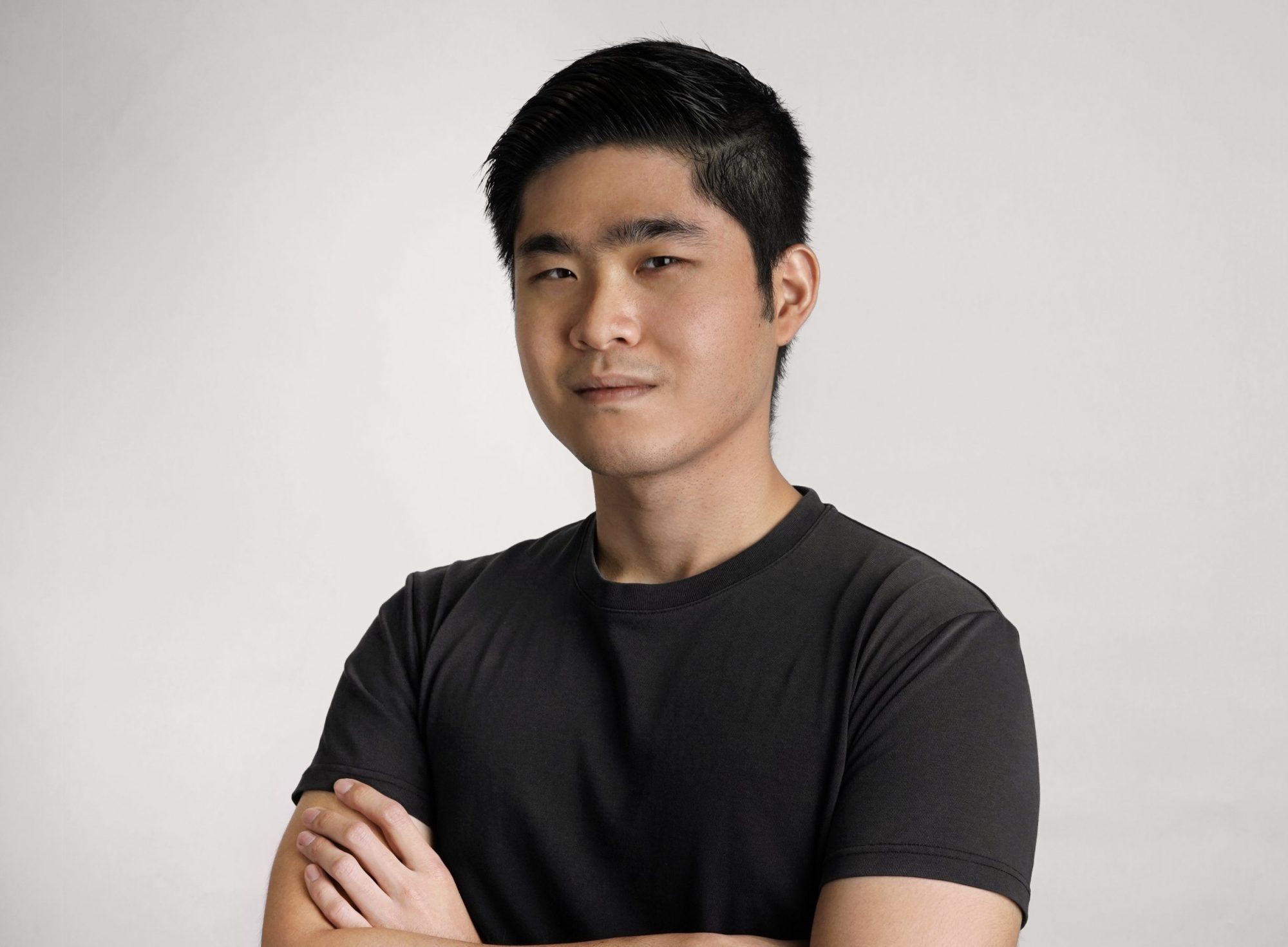
Are you treating it well with the brain food — green and leafy vegetables, fatty fish and nuts — it needs to perform at its best? Has your digital consumption of content reached the point where you’re racked wit anxiety once your phone leaves your hand? Or do you frankly, feel like you can’t function as of late?
Here, a guide by Ron Yap of Mental Health CEO on how you can take a step today to better your life, one eradication of a disruptive digital habit at a time.
Hello Ron, what is the true measure of being mentally healthy?
I believe that there are two main components to being truly mentally healthy:
- Your day-to-day contentment and happiness
- Your ability to handle uncertainty and struggles
To be precise, 1) comes about when the distance between your current life and your ideal life is little. However, both 1) and 2) are crucial to mental health — if you’re generally happy, but can be knocked down easily, then your happiness can be said to be fragile. Whereas if you’re tough, but you’re not leading a happy life, then that toughness helps you to survive, but not live. In contrast, having both life satisfaction and resilience creates good mental health.
View this post on Instagram
What are the dos and don’ts of talking about mental health? From a person talking about it and a person hearing said person’s thoughts?
If you’re sharing about your struggles, first always make sure you’re doing so to an audience that’s willing and capable to listen, and to do that, I always make it a point to ask permission first before sharing. This is to avoid the unfortunately common scenario where a friend or family member becomes an ‘emotional punching bag’ where they are vented to, but never release their frustrations, and as a result their mental health suffers.
However, always remember that you are not a burden – it’s okay for you to share, just that sometimes people have too much on their plate to listen. It’s not personal. It might also be wise to consider if your sharing might trigger someone else’s bad memories, so it’s always a good practice to give content warnings if what you’re sharing delves into sensitive realms.
View this post on Instagram
If you’re hearing someone else’s struggles, make it a point to listen fully and actively. This means to listen 100%, and not think about what you’re going to say next.
Also be careful about invalidating their struggles or showing toxic positivity by using phrases like, “Cheer up! It’ll be over soon”, which gives them pain when they can’t do exactly that. Limit your solution-giving, and it’s always a good idea to ask for permission first before giving your solutions. A personal motto of mine is “Unwarranted advice is criticism in disguise.”
You know, your own branded hashtag #becomeyourowntherapist sounds great because perhaps, sometimes you need to be your own cheerleader. But when do you need to seek help when you’re not mentally healthy?
Oh, that’s a good question, because even though I’m a huge proponent of becoming your own therapist, often the shortcut to doing that is by seeking help from an actual professional, not just self-help. So, to answer your question, everybody, at all points in time — even happy people — can benefit from seeking help from a professional.
View this post on Instagram
Generally, people lack the knowledge in realms such as emotional regulation, attacking cognitive distortions etc. that professionals do, and going to one gives you the head start on acquiring those skills so you can help yourself.
Of course, if you know that you’re in a mental health crisis, then definitely it’s far more urgent for you to seek help. However, even if it isn’t a crisis and you know you have something bothering you, it’s always advisable to seek help for it before it becomes a larger problem, the same way we visit a doctor for a cold before it progresses into pneumonia, for example.
For the self-affirmation quotes you post, what is the key to manifesting it to become mentally healthy?
The key is to ‘do’. We can only manifest so much, but if our actions don’t match what we are telling ourselves, then the affirmations only serve to help us feel good, not move forward.
Self-affirming quotes and posts are good to give you a jolt of good energy and motivation, but we need to use that change in headspace to make plans and commit to actions that will change your situation. For example, if the self-affirmation quote is ‘Keep moving forward’, ask yourself: what small actions can I do now to enact positive change in my life? Acting on it is what changes your neuro structure to believe that the self-affirmation is real, repeating it to ourselves over and over again can only do so much.
View this post on Instagram
You know, sometimes regarding social media, it might be easier to just unfollow what doesn’t make you feel good or mentally healthy. Do you agree?
I don’t just think it’s easier to unfollow what doesn’t make you feel good, I think you should, but with one exception. Why is this? Because people underestimate the influence of the content they consume on social media on their own mental health, and it was only after being a consumer for many years did, I realize how much it was affecting my mood.
The first step is to be aware of what content makes you feel bad. The next step is to get active. We sometimes think of social media algorithms as opaque and just accept whatever stream of content they feed us, but the truth is that we can control what content is served to you, and the platforms themselves would like you to do this as well in order to give you the best experience possible in the long run.
Unfollowing is one example, and you should start with the big pages whose content makes you angry, sad or envious. But it might be a bit harder to unfollow the people you know, so you can always mute their stories or posts so it isn’t permanent, and you can choose to engage with them again should you want to. You can also restrict Facebook and Instagram pages, allowing you to filter their comments on your posts and make them visible only if you approve.
A more advanced technique is to use the Hidden Words feature on Instagram, which allows you to filter offensive phrases and emojis into a hidden folder, as well as DM requests that are likely to be spam.
You can also do the same for your Explore page: you can choose the “Not Interested” option on posts you see there and tell the algorithm that you don’t want to see that kind of content. This is much more efficient than blocking every page of a certain niche.
Lastly, replace these toxic sources of content with ones that make you feel good, such as mental health pages and pages which feature your hobby to get you inspired or motivated.
The reason this is all so important is because research has proven that ‘active’ social media use – telling the algorithm what you like and what you don’t – has a much better effect on your mental health than ‘passive social media use, or letting the algorithm feed you whatever it wants to feed you.
However, the one exception that I mentioned is if you are deliberately avoiding a certain type of content or language that triggers you. This is known as an ‘avoidance behavior’ and it can reinforce your anxiety or other mental conditions. Gradually exposing yourself to content of that nature is the best way to deal with it. The lines are quite blurred as to what constitutes an avoidance behavior or not, so it’s best to consult a professional if you fear that you have it.
If someone is addicted however, what are some small steps he/she can take?
If your condition isn’t so serious, you can use the in-built tools on the app to build a healthier relationship with social media instead. For instance, on Instagram, you have tools such as the time spent controls, where you have a dashboard that shows how much time you have spent in the app in the past week, a customizable daily time alert, and a ‘mute push notifications’ setting to limit notifications. This helps you to set daily reminders for when your ‘usage time’ is up so that you can head back to the real world.
View this post on Instagram
Speaking about the real world, you can always turn off your phone when you’re working (unless you have a job where you need to be contactable at all times), or place it in a faraway or inaccessible place, such as a locked cupboard. Don’t knock it till you try it – ‘discipline’ often involves changing your environment to make it easier on yourself to make the right choice. If this sounds too radical for you, you can turn off your push notifications from social media to at least reduce the stimuli you constantly get.
On Facebook, you can also take a break from certain people to exercise control over what posts you see from them and what they can see from your page.
You can also always snooze and unfollow the pages that you are most addicted to and modifying your news feed and ad preferences can help you see more or less of certain people and ads.
What do you think someone can do for a person in need today?
Firstly, checking up on your friends and family costs nothing, and can make someone’s day. This can be as simple as dropping a message on WhatsApp or on Instagram Direct Message.
View this post on Instagram
You can also share helpful mental health content, such as quotes, tips, hotlines or even symptoms of different mental illnesses on your personal Instagram page. I personally suspected I had OCD because I saw a Story about it from a friend’s page about the symptoms of OCD. Don’t stop there — if you’re comfortable, do share about your own mental health journey to normalize conversations around it. Many people face mental health struggles and having a friend or family member share about their own experiences can help to let people know they’re not alone.
Going back to the do’s and don’ts of communicating with someone who’s sharing about their mental health struggles, one of the best things we can do to create a more compassionate society is at the individual level – when someone opens up to us, please listen and just give support. You’ll never know how much that can help someone out.
Lastly, out of curiosity, what is the #1 song on your Spotify this year?
Cruise by Lazerhawk. I’m a big 80’s synthwave fan!















